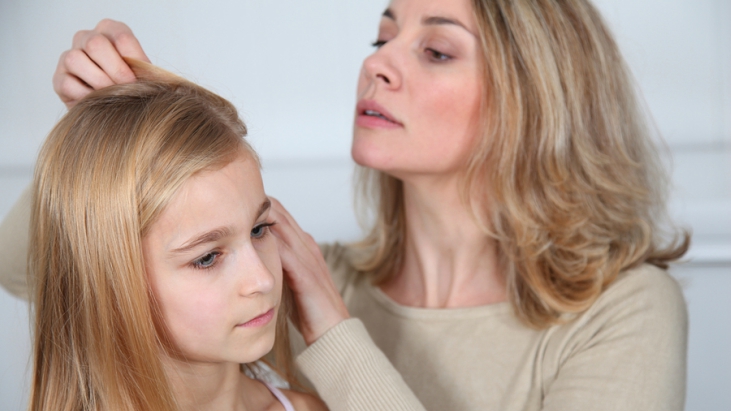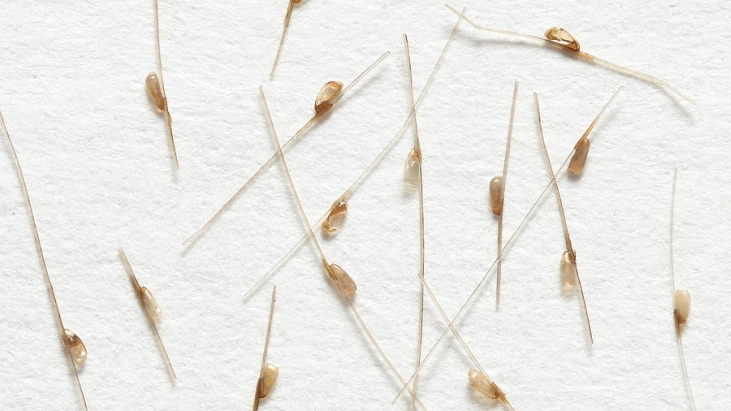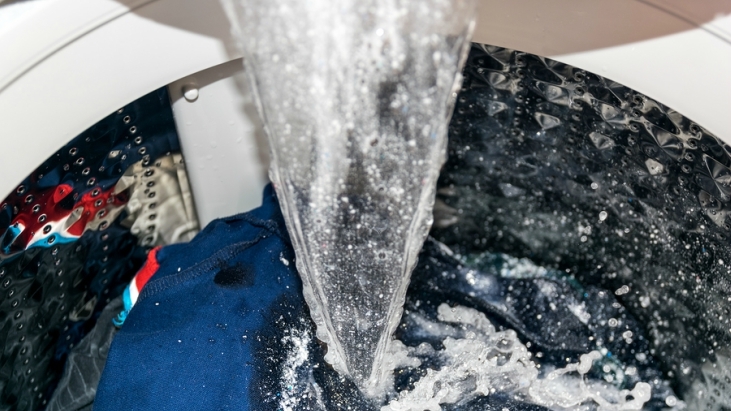Ultimate Guide to Surviving Head Lice
- All Ages

By Hayley Dean, ellaslist
Definitions:
Louse: tiny wingless parasitic insect that lives among human hairs and feed off blood drawn from the scalp.
Lice: the plural of louse
Nits: lice eggs. Tiny brown/yellow/tan dots before they hatch.
Nymphs: baby lice up to 2 weeks old.
Like most parents, I absolutely dread the day my children come home with lice. I have seen other parents talk about it on social media and frankly I’m terrified. I vaguely remember having the parasites as a child and that overwhelming, toxic smell of the chemicals mum put in my hair.
As they say, its best to be prepared, so we have put together our ultimate ellaslist guide to surviving head lice.
Warning Signs
Not all kids have the classic symptoms of head lice and some can be symptom-free so if your child's school teacher or childcare centre call to advise that other kids have recently been treated for lice, for first thing to do is to check for lice eggs (nits). Lice are highly contagious and can spread quickly from person to person, especially in group settings. They can’t jump like flees or fly but spread predominately through head-to-head contact which is why kids are most prone to catching lice as they tend to have close contact with each other. (Sharing items such as beds or clothing/hats and evens hairbrushes also contribute to the spread so teach kids early not to share these sorts of things with friends).
Given their brownish colour, and that they are laid closest to the scalp, its often easier to see the nits now than once they have hatched 1-2 weeks later.
Try parting your child's hair into small sections and checking for lice and nits with a fine-tooth comb on the scalp, behind the ears, and around the nape of the neck (it's rare for them to be found on eyelashes or eyebrows). A magnifying glass and bright light may help.
Like most things the quicker you can get on top of this the better. Once hatched, if not dealt with quickly, this cycle will just continue every 3 weeks or so. It can be tough to find adult louse as they move fast.
Contrary to popular belief, scratching is not the tell-tale warning sign. In fact, the scratching is caused by the lice biting down on the scalp to feed off blood, so the parasitic infestation is well and truly under way by this stage. It can be weeks of living with nits/live before the scratching even begins.
Sometimes, small red bumps or sores may appear from scratching so see your doctor if your child complains of an itchy scalp that won't go away.
If scratching has commenced, it’s time to thoroughly wash the bed linen, clothes/hats, towels etc in very hot water then put them in the hot cycle of the dryer for at least 20 minutes. Anything that can’t be washed like stuffed toys for example, Dry clean.

Image: Nits on a white background
Treatment
Head straight to your GP or local pharmacist for help with over the counter medicated shampoo, cream rinse, or lotion to kill the lice. In some cases, your GP may suggest prescription oral medications but generally over the counter options are your best first choice. The treatments usually kill the lice, but it may take a few days for the itching to stop.
It is important to note that you really should seek the advice of a professional and follow the directions on the product label, not just what other mothers have recommended in Facebook groups, especially if your child has sensitive skin or allergies. Please also make sure the medicine is safe for your child's age. While most chemist medicated shampoos are safe for kids as young as 2 months, other medicines are only safe for kids 2 years and older. Remember, these products are insecticides. Applying too much medication or too often may cause harm.
Lice are very difficult to get rid of, especially if your child is at school or daycare where there is an infection. It can feel like an ongoing battle. If the treatment doesn’t seem to be working, it may be cause of the following:
- Are you using the medication correctly?
- Perhaps some nits weren’t killed in the first treatment and have now hatched.
- Your child is still being exposed to an infected person
- The treatment you are using is ineffective.
Having this problem is in no way a reflection on you as a parent or your living situation. Rich and poor are equal in the eyes of these parasites. They don’t care how often you wash your hair or how long/short your hair is. Don’t let them get you down and don’t allow your kid to feel in any way embarrassed by them. It’s no one’s fault.
After treatment, try combing out the nits with a fine-tooth comb and repeating treatment in 7 to 10 days to kill any newly hatched nits. Make sure you remove nits carefully every week for at least 3 weeks in a row and watch your child closely to see if any live lice return.
If your child is 2 months old or younger, you should not use medicated lice treatments. You'll need to remove the nits and lice by hand. To do this, use a fine-tooth comb on your child's wet, conditioned hair every 3 to 4 days for 3 weeks after the last live louse was seen. Wetting the hair beforehand is recommended because it temporarily immobilizes the lice and the conditioner makes it easier to get a comb through the hair.

Image: Wash everything
Now let’s make sure they don’t come back
Firstly, as mentioned above, wash and dry clean everything the hair could have come in contact with; hats, clothes, bed linen, toys etc. Because lice are easily passed from person to person in the same house, all family members also will need treatment.
Vacuum carpets and any upholstered furniture (and don’t forget your car seats!!), then empty the vacuum immediately and throw it away.
Soak hair items like brushes/combs, hair ties and headbands in medicated shampoo for 1 hour. You also can wash them in hot water or better yet, just throw them away.
And of course, don’t forget to call your school or daycare to alert the staff so they can prepare other parents. Prevention is definitely the key.
If your child still has lice 4 weeks after you started treatment or if your child's scalp looks infected, call your doctor.
Additional Tips
- Tell kids to try to avoid rubbing heads with other kids at school or at sport or whilst playing anywhere really, Avoid head to head contact period!
- Remind your kids not to share combs/brushes or hair ties or any kind or hats/scarves and even towels with anyone else, whether they may have lice or not.
- Sounds obvious but don’t to lie on bedding, pillows, and carpets that have recently been used by someone with lice.
- Every 3 or 4 days, examine members of your household who have had close contact with a person who has lice. Then, treat any who are found to have lice or nits close to the scalp.
ref: KidsHealth
Reviews


